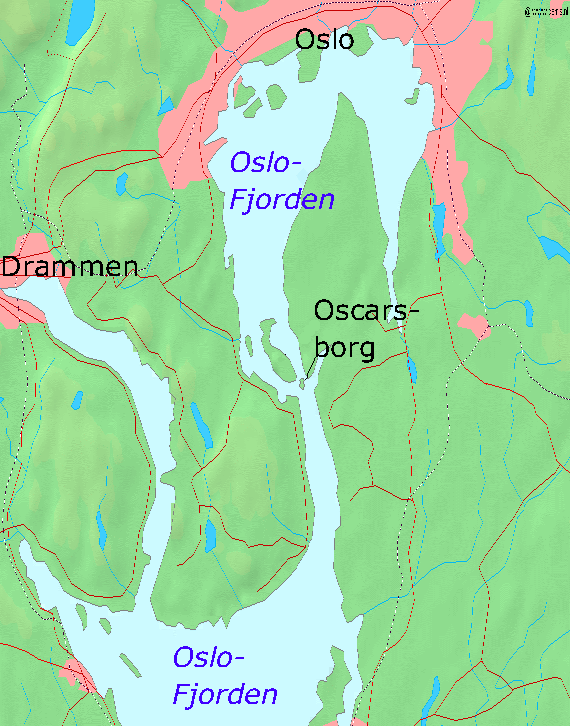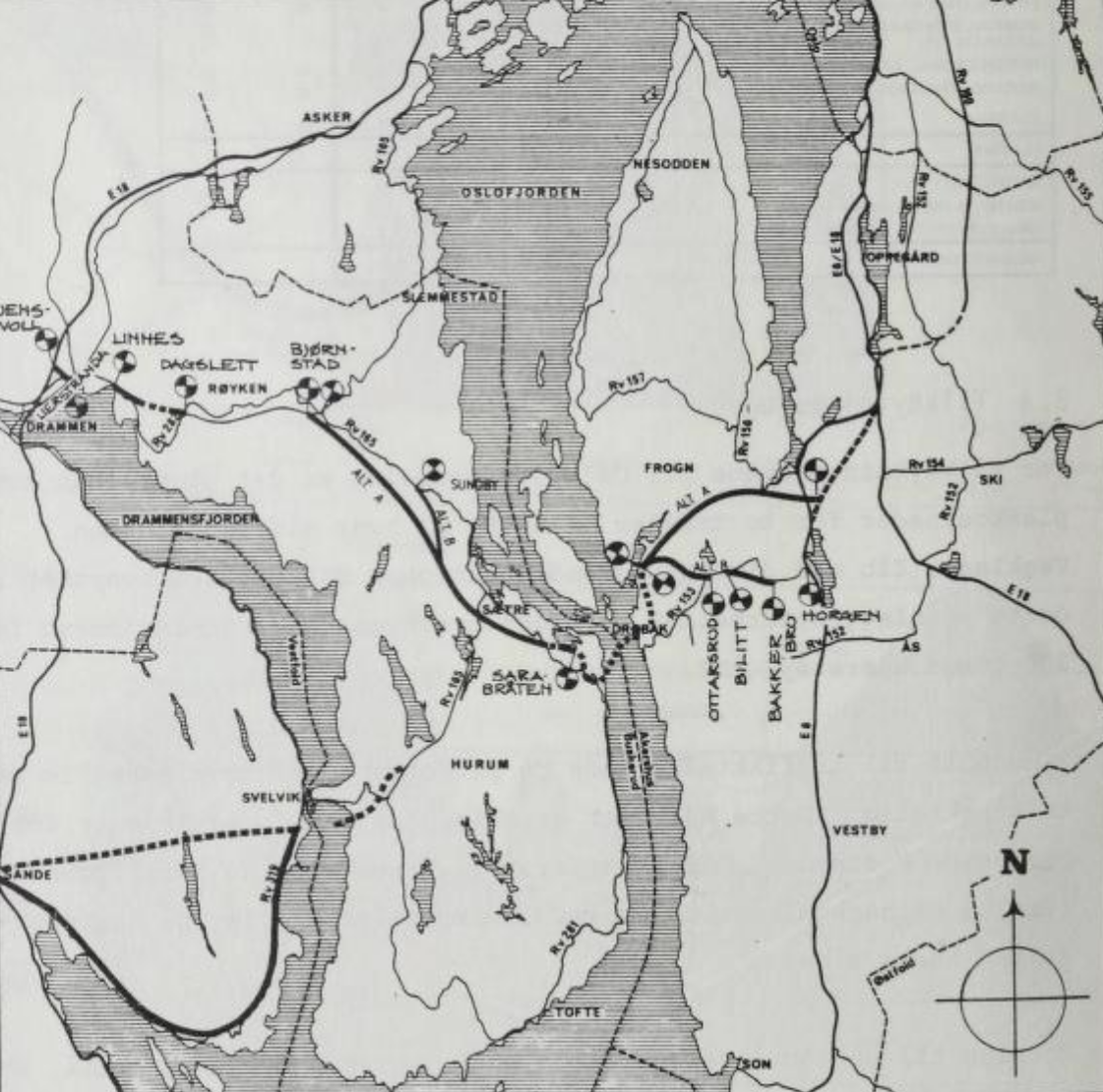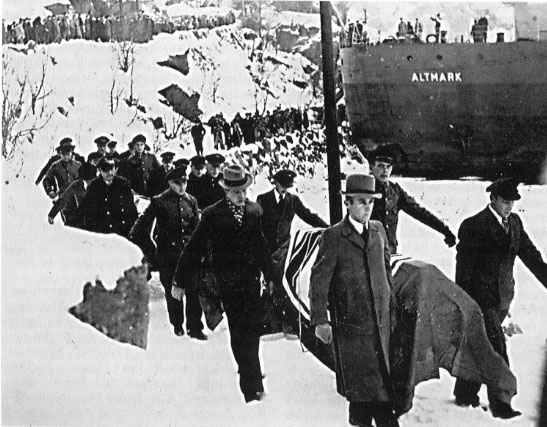|
Drøbak Sound
The Drøbak Sound ( Norwegian: Drøbaksundet) is a sound at the Oslofjord narrows between Drøbak and Hurum. Outer Oslofjord, which is a term for the Oslofjord south of the Drøbak Sound until it meets the Skagerrak. Inner Oslofjord which is a term for the rest of the fjord, that starts in the Drøbak Sound northwards towards Oslo, where the fjord makes a turn and continues to the Bunne Fjord. The Drøbak Sound was previously guarded by Oscarsborg Fortress. During the German invasion of Norway on 9 April 1940, the German cruiser was sunk by the fortress. Oscarsborg Fortress has been converted into a museum and a hotel. There is a ferry from Drøbak. The subsea |
Oscarsborg Festning Og Drøbaksundet
Oscarsborg Fortress ( no, Oscarsborg festning) is a coastal fortress in the Oslofjord, close to the small town of Drøbak in Viken (county), Viken county, Norway. The best known part is situated on two small islets. The main artillery batteries are on the island Håøya and smaller batteries on the mainland to the west and east in the fjord and was military territory until 2003 when it was made a publicly available resort island. The fortress is best known for sinking the Nazi Germany, German heavy cruiser ''German cruiser Blücher, Blücher'' on 9 April 1940. In 2014, Oscarsborg Fortress was given protected status. Early history The narrows at Drøbak, called ''Drøbak Sound, Drøbaksundet'', is a natural point for the naval defence of Oslo, the capital of Norway. The first defences were constructed during the reign of Christian IV of Denmark, Christian IV of Denmark and Norway and were ready in 1644. The List of Norwegian Fortresses, fortifications were however not involve ... [...More Info...] [...Related Items...] OR: [Wikipedia] [Google] [Baidu] |
Bunnefjorden
Bunnefjorden, sometimes referred to as Bunne Fjord, is a part of the Oslofjord in south eastern Norway, located east of the Nesodden peninsula.https://snl.no/Bunnefjorden "en indre arm av Oslofjorden i Viken fylke. Fjorden .. skilt fra hovedfjorden ved Nesodden" The Bunne Fjord is flanked by the municipalities of Oslo in the north east, Nordre Follo to the east, Ås to the south east, Frogn to the south west, and Nesodden to the west. The Bunne Fjord has a very long water residence time, and the water is of poor quality. The significant islands in the Bunne Fjord are Langøyene, Malmøya, Ulvøya, Ormøya, Gressholmen Gressholmen is an islet located in the Oslofjord, just south of central Oslo. Administratively it belongs to the borough of Gamle Oslo. Gressholmen airport was for the years 1927 through 1939 the location of the main airport for Oslo, until the ..., and Husbergøya. References Fjords of Viken Oslofjord {{Viken-geo-stub ... [...More Info...] [...Related Items...] OR: [Wikipedia] [Google] [Baidu] |
Sounds Of Norway
In physics, sound is a vibration that propagates as an acoustic wave, through a transmission medium such as a gas, liquid or solid. In human physiology and psychology, sound is the ''reception'' of such waves and their ''perception'' by the brain. Only acoustic waves that have frequencies lying between about 20 Hz and 20 kHz, the audio frequency range, elicit an auditory percept in humans. In air at atmospheric pressure, these represent sound waves with wavelengths of to . Sound waves above 20 kHz are known as ultrasound and are not audible to humans. Sound waves below 20 Hz are known as infrasound. Different animal species have varying hearing ranges. Acoustics Acoustics is the interdisciplinary science that deals with the study of mechanical waves in gasses, liquids, and solids including vibration, sound, ultrasound, and infrasound. A scientist who works in the field of acoustics is an ''acoustician'', while someone working in the field of acoustic ... [...More Info...] [...Related Items...] OR: [Wikipedia] [Google] [Baidu] |
Norwegian National Road 23
National Road 23 ( no, Riksvei 23), also known as the Oslofjord Link (Norwegian: ), was the name of a largely limited-access road which connects the municipalities of Lier, Norway, Lier, Røyken, Hurum and Frogn in Norway. The Oslofjord Tunnel causes the road to acts as the only fixed link crossing of the Oslofjord and makes that section subject to toll road, tolls. In 2018 the road was renamed into European route E134. History Planning National Road 23 is the result of the need for an auxiliary road to support a fixed link crossing of the Oslofjord. Since 1939 this crossing was carried out by the Drøbak–Storsand Ferry, a service operated by Ferjeselskapet Drøbak–Hurum–Svelvik, Bilferjen Drøbak–Hurum. The ferry had a daily traffic of 320 vehicles in 1980. A fixed crossing of Hurumlandet and the Oslofjord was first proposed by Anton Grønsand in 1958.Messel (2004): 429 It was followed up in a regional transport plan published in 1963, with a horizon of forty years. R ... [...More Info...] [...Related Items...] OR: [Wikipedia] [Google] [Baidu] |
Oslofjord Tunnel
The Oslofjord Tunnel () is a subsea road tunnel which traverses the Oslofjord, connecting Hurum and Frogn in Norway. Carrying three lanes, the long tunnel reaches a depth of below mean sea level. The tunnel has a maximum gradient of seven percent. It acts as the main link connecting eastern and western Viken county, supplementing the Moss–Horten Ferry which runs further south. The tunnel is since 2018 a part of European route E134, until 2018 it was part of National Road 23. The crossing was originally served by the Drøbak–Storsand Ferry, which commenced in 1939. Plans for a fixed link were launched in 1963, originally based on two bridges which would connect to Håøya. Plans resurfaced in the early 1980s with the advent of subsea tunneling technology and the Oslo Airport location controversy, which proposed airports in Hurum, Ås and Hobøl. Even though Gardermoen was ultimately built as the airport, the tunnel had raised sufficient support to be built irrespectiv ... [...More Info...] [...Related Items...] OR: [Wikipedia] [Google] [Baidu] |
Battle Of Drøbak Sound
The Battle of Drøbak Sound took place in Drøbak Sound, the northernmost part of the outer Oslofjord in southern Norway, on 9 April 1940. It marked the end of the "Phoney War" and the beginning of World War II in Western Europe. A German fleet led by the cruiser '' Blücher'' was dispatched up the Oslofjord to begin the German invasion of Norway, with the objective of seizing the Norwegian capital of Oslo and capturing King Haakon VII and his government. The fleet was engaged in the fjord by Oscarsborg Fortress, an aging coastal installation near Drøbak, that had been relegated to training coastal artillery servicemen, leading the Germans to disregard its defensive value. However, unbeknownst to German military intelligence, the fortress' most powerful weapon was a torpedo battery, which would be used to great effect against the German invaders. The fortress' armaments worked flawlessly despite their age, sinking the ''Blücher'' in the sound and forcing the German fleet to f ... [...More Info...] [...Related Items...] OR: [Wikipedia] [Google] [Baidu] |
Operation Weserübung
Operation Weserübung (german: Unternehmen Weserübung , , 9 April – 10 June 1940) was Germany's assault on Denmark and Norway during the Second World War and the opening operation of the Norwegian Campaign. In the early morning of 9 April 1940 (''Wesertag'', "Weser Day"), Germany occupied Denmark and invaded Norway, ostensibly as a preventive manoeuvre against a planned, and openly discussed, French-British occupation of Norway known as Plan R 4 (actually developed as a response to any German aggression against Norway). After the occupation of Denmark (the Danish military was ordered to stand down as Denmark did not declare war with Germany), envoys of the Germans informed the governments of Denmark and Norway that the ''Wehrmacht'' had come to protect the countries' neutrality against Franco-British aggression. Significant differences in geography, location and climate between the two nations made the actual military operations very dissimilar. The invasion fleet's no ... [...More Info...] [...Related Items...] OR: [Wikipedia] [Google] [Baidu] |
Oscarsborg Fortress
Oscarsborg Fortress ( no, Oscarsborg festning) is a coastal fortress in the Oslofjord, close to the small town of Drøbak in Viken county, Norway. The best known part is situated on two small islets. The main artillery batteries are on the island Håøya and smaller batteries on the mainland to the west and east in the fjord and was military territory until 2003 when it was made a publicly available resort island. The fortress is best known for sinking the German heavy cruiser '' Blücher'' on 9 April 1940. In 2014, Oscarsborg Fortress was given protected status. Early history The narrows at Drøbak, called '' Drøbaksundet'', is a natural point for the naval defence of Oslo, the capital of Norway. The first defences were constructed during the reign of Christian IV of Denmark and Norway and were ready in 1644. The fortifications were however not involved in battle during the Hannibal War.National Fortresses of NorwayHistorical overview of Oscarsborg Fortress After the war ... [...More Info...] [...Related Items...] OR: [Wikipedia] [Google] [Baidu] |
Oslo
Oslo ( , , or ; sma, Oslove) is the capital and most populous city of Norway. It constitutes both a county and a municipality. The municipality of Oslo had a population of in 2022, while the city's greater urban area had a population of in 2019, and the metropolitan area had an estimated population of in 2021. During the Viking Age the area was part of Viken. Oslo was founded as a city at the end of the Viking Age in 1040 under the name Ánslo, and established as a ''kaupstad'' or trading place in 1048 by Harald Hardrada. The city was elevated to a bishopric in 1070 and a capital under Haakon V of Norway around 1300. Personal unions with Denmark from 1397 to 1523 and again from 1536 to 1814 reduced its influence. After being destroyed by a fire in 1624, during the reign of King Christian IV, a new city was built closer to Akershus Fortress and named Christiania in honour of the king. It became a municipality ('' formannskapsdistrikt'') on 1 January 1838. The city fu ... [...More Info...] [...Related Items...] OR: [Wikipedia] [Google] [Baidu] |
Norwegian Language
Norwegian ( no, norsk, links=no ) is a North Germanic language spoken mainly in Norway, where it is an official language. Along with Swedish and Danish, Norwegian forms a dialect continuum of more or less mutually intelligible local and regional varieties; some Norwegian and Swedish dialects, in particular, are very close. These Scandinavian languages, together with Faroese and Icelandic as well as some extinct languages, constitute the North Germanic languages. Faroese and Icelandic are not mutually intelligible with Norwegian in their spoken form because continental Scandinavian has diverged from them. While the two Germanic languages with the greatest numbers of speakers, English and German, have close similarities with Norwegian, neither is mutually intelligible with it. Norwegian is a descendant of Old Norse, the common language of the Germanic peoples living in Scandinavia during the Viking Age. Today there are two official forms of ''written'' Norwegian, (literally ... [...More Info...] [...Related Items...] OR: [Wikipedia] [Google] [Baidu] |
Fjord
In physical geography, a fjord or fiord () is a long, narrow inlet with steep sides or cliffs, created by a glacier. Fjords exist on the coasts of Alaska, Antarctica, British Columbia, Chile, Denmark, Germany, Greenland, the Faroe Islands, Iceland, Ireland, Kamchatka, the Kerguelen Islands, Labrador, Newfoundland, New Zealand, Norway, Novaya Zemlya, Nunavut, Quebec, the Patagonia region of Argentina and Chile, Russia, South Georgia Island, Tasmania, United Kingdom, and Washington state. Norway's coastline is estimated to be long with its nearly 1,200 fjords, but only long excluding the fjords. Formation A true fjord is formed when a glacier cuts a U-shaped valley by ice segregation and abrasion of the surrounding bedrock. According to the standard model, glaciers formed in pre-glacial valleys with a gently sloping valley floor. The work of the glacier then left an overdeepened U-shaped valley that ends abruptly at a valley or trough end. Such valleys are fjords wh ... [...More Info...] [...Related Items...] OR: [Wikipedia] [Google] [Baidu] |
Skagerrak
The Skagerrak (, , ) is a strait running between the Jutland peninsula of Denmark, the southeast coast of Norway and the west coast of Sweden, connecting the North Sea and the Kattegat sea area through the Danish Straits to the Baltic Sea. The Skagerrak contains some of the busiest shipping routes in the world, with vessels from every corner of the globe. It also supports an intensive fishing industry. The ecosystem is strained and negatively affected by direct human activities. Oslo and Gothenburg are the only large cities in the Skagerrak region. Name The meaning of ''Skagerrak'' is most likely the Skagen Channel/Strait. Skagen is a town near the northern cape of Denmark (The Skaw). ''Rak'' means 'straight waterway' (compare the Damrak in Amsterdam); it is cognate with '' reach''.Nudansk Ordbog (1993), 15th edition, 2nd reprint, Copenhagen: Politikens Forlag, entry ''Skagerrak''. The ultimate source of this syllable is the Proto-Indo-European root *reg-, 'straight'. ''Rak'' me ... [...More Info...] [...Related Items...] OR: [Wikipedia] [Google] [Baidu] |








.jpg)
